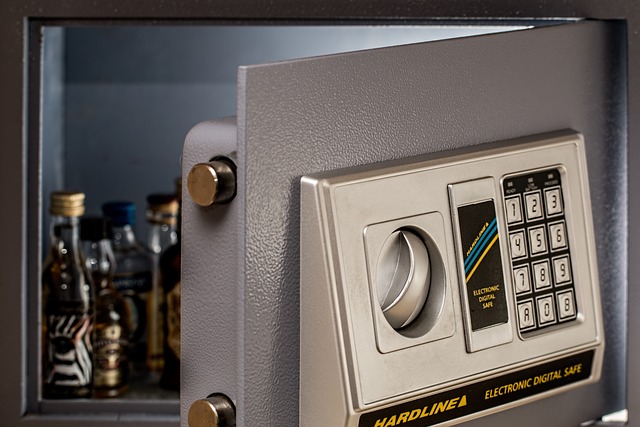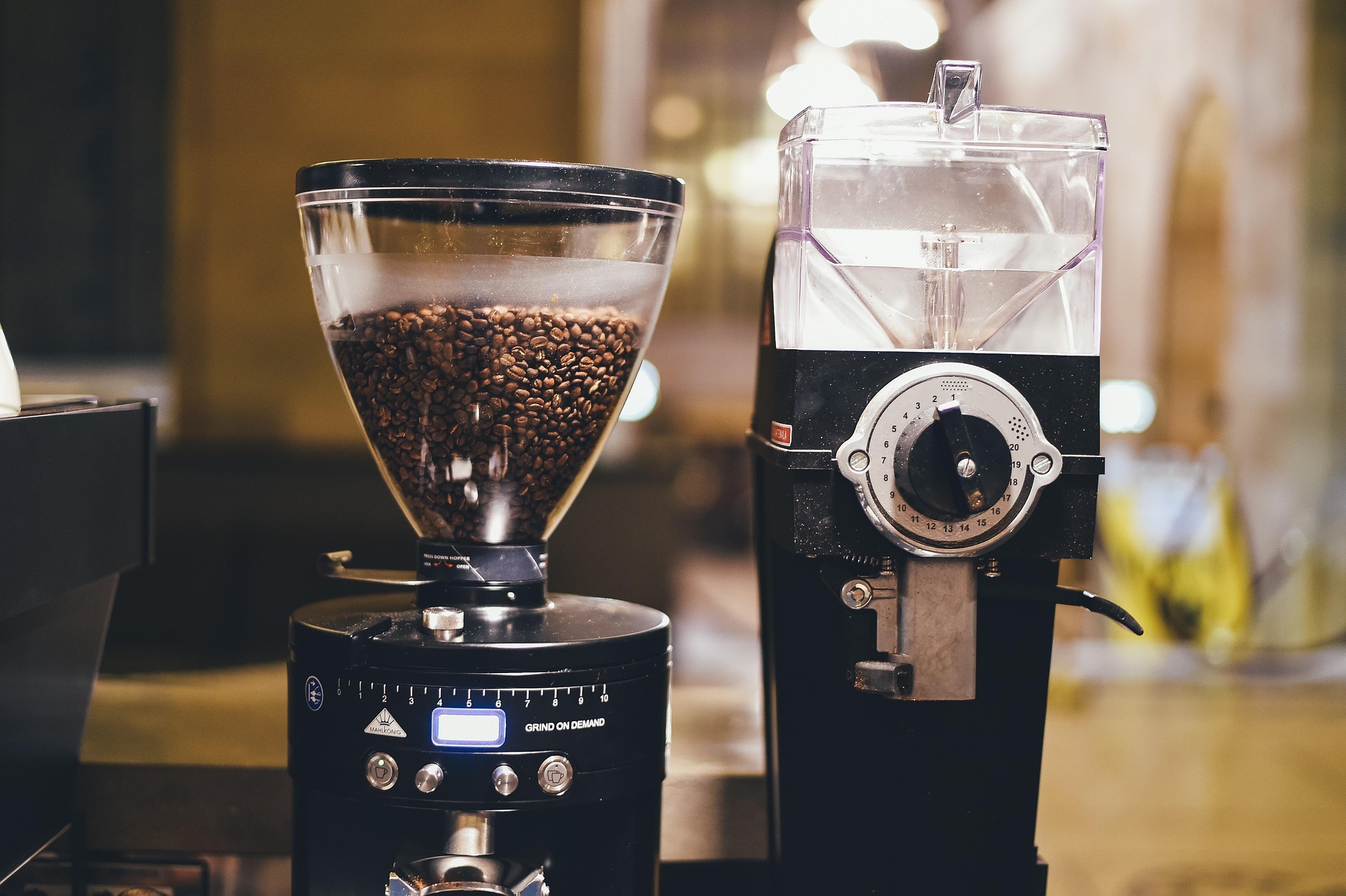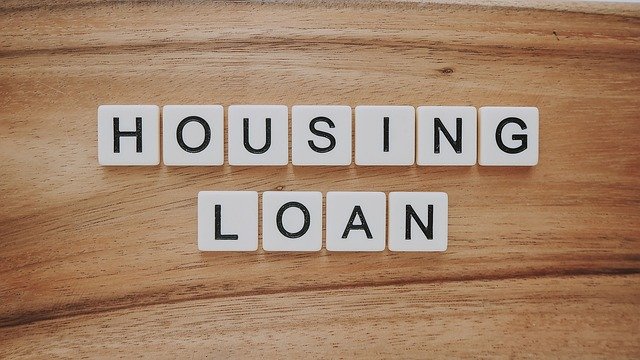Protect What Matters: Choosing the Right Safe for Your Home
In an era where personal security is paramount, safeguarding your valuables at home has become increasingly important. A home safe provides a secure solution for storing precious items, important documents, and irreplaceable mementos. This comprehensive guide will walk you through the process of selecting the best home safe to protect what matters most to you.

What types of home safes are available on the market?
Home safes come in various types, each designed to meet different security needs. The most common types include:
-
Wall safes: These are installed directly into the wall, providing a discreet storage option.
-
Floor safes: Embedded in the floor, these safes offer maximum concealment and protection.
-
Fire safes: Specifically designed to protect contents from high temperatures during a fire.
-
Diversion safes: Disguised as everyday objects to avoid detection by intruders.
-
Gun safes: Specialized safes for securing firearms and ammunition.
-
Biometric safes: These use fingerprint recognition for quick and secure access.
Understanding the different types available will help you narrow down your options based on your specific requirements and the items you need to protect.
What factors should I consider when choosing a home safe?
Selecting the right home safe involves considering several crucial factors:
-
Size and capacity: Determine how much space you need to store your valuables comfortably.
-
Security rating: Look for safes with UL (Underwriters Laboratories) or similar certifications.
-
Fire protection: Consider the fire rating if protecting documents or heat-sensitive items.
-
Water resistance: Some safes offer protection against flooding or water damage.
-
Locking mechanism: Choose between key locks, combination locks, or electronic keypads.
-
Portability: Decide if you need a portable safe or a permanently installed one.
-
Budget: Determine how much you’re willing to invest in your home security.
By carefully evaluating these factors, you can find a safe that best meets your specific needs and provides optimal protection for your valuables.
How do I determine the right size and capacity for my home safe?
Choosing the correct size and capacity for your home safe is crucial to ensure all your valuables fit comfortably and securely. Here are some tips to help you determine the right size:
-
Make an inventory of items you plan to store in the safe.
-
Measure the dimensions of larger items like documents or jewelry boxes.
-
Consider future needs and allow extra space for additional items.
-
Remember that internal dimensions are smaller than external ones due to insulation.
-
If storing documents, look for safes with adjustable shelves or file hangers.
It’s generally better to choose a slightly larger safe than you think you need to accommodate future storage requirements.
What security features should I look for in a home safe?
To ensure maximum protection for your valuables, consider the following security features when selecting a home safe:
-
Solid steel construction with thick walls and door.
-
Pry-resistant hinges and recessed door design.
-
Multiple locking bolts on all sides of the door.
-
Tamper-proof lock mechanisms.
-
Relocker system that engages if the lock is attacked.
-
Anti-drill plates to prevent forced entry.
-
Anchor bolts for securing the safe to the floor or wall.
Additionally, look for safes with UL or similar security ratings that indicate the level of protection against burglary attempts.
Where is the best place to install a home safe?
Choosing the right location for your home safe is crucial for both security and convenience. Here are some tips for optimal placement:
-
Select a discreet location away from high-traffic areas.
-
Avoid placing the safe in areas prone to moisture or extreme temperatures.
-
Consider installing the safe in a closet or built-in cabinet for added concealment.
-
Ensure the chosen location can support the weight of the safe.
-
For wall safes, install between wall studs for added stability.
-
Place floor safes in areas that can be easily covered by furniture or rugs.
-
Avoid locations near windows or exterior doors that are easily accessible to intruders.
Remember, the goal is to balance accessibility for you with difficulty of discovery for potential thieves.
What are the price ranges for different types of home safes?
When it comes to home safes, prices can vary significantly based on size, security features, and brand. Here’s a general overview of price ranges for different types of home safes:
| Safe Type | Size Range | Price Range (USD) | Key Features |
|---|---|---|---|
| Basic Fire Safe | Small to Medium | $50 - $300 | Fire protection, basic lock |
| Electronic Safe | Small to Medium | $100 - $500 | Digital keypad, moderate security |
| Biometric Safe | Small | $150 - $700 | Fingerprint access, quick entry |
| Wall Safe | Small to Medium | $200 - $1000 | Concealable, varying security levels |
| Floor Safe | Medium to Large | $500 - $2000 | High security, difficult to remove |
| High-End Security Safe | Medium to Large | $1000 - $5000+ | Advanced locking, fire/water protection |
Prices, rates, or cost estimates mentioned in this article are based on the latest available information but may change over time. Independent research is advised before making financial decisions.
When choosing a home safe, consider your budget alongside your security needs. While it may be tempting to opt for a cheaper option, investing in a high-quality safe can provide better long-term protection for your valuables.
In conclusion, selecting the right home safe involves careful consideration of your specific needs, the items you want to protect, and your budget. By understanding the different types of safes available, their security features, and optimal placement within your home, you can make an informed decision that ensures the best protection for your valuable possessions. Remember, a home safe is an investment in your peace of mind and the security of your most important belongings.




